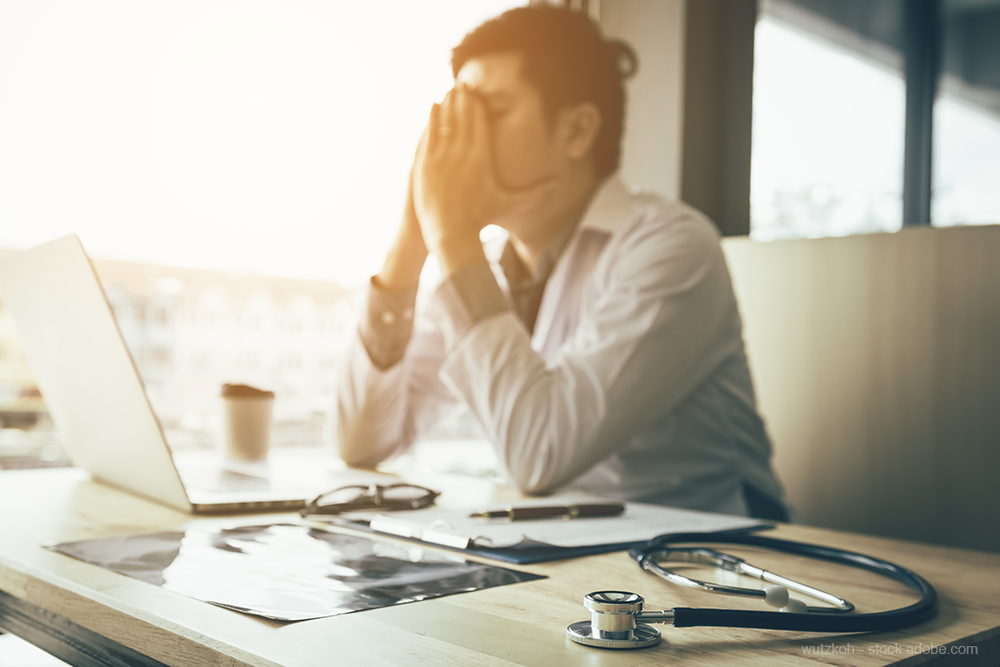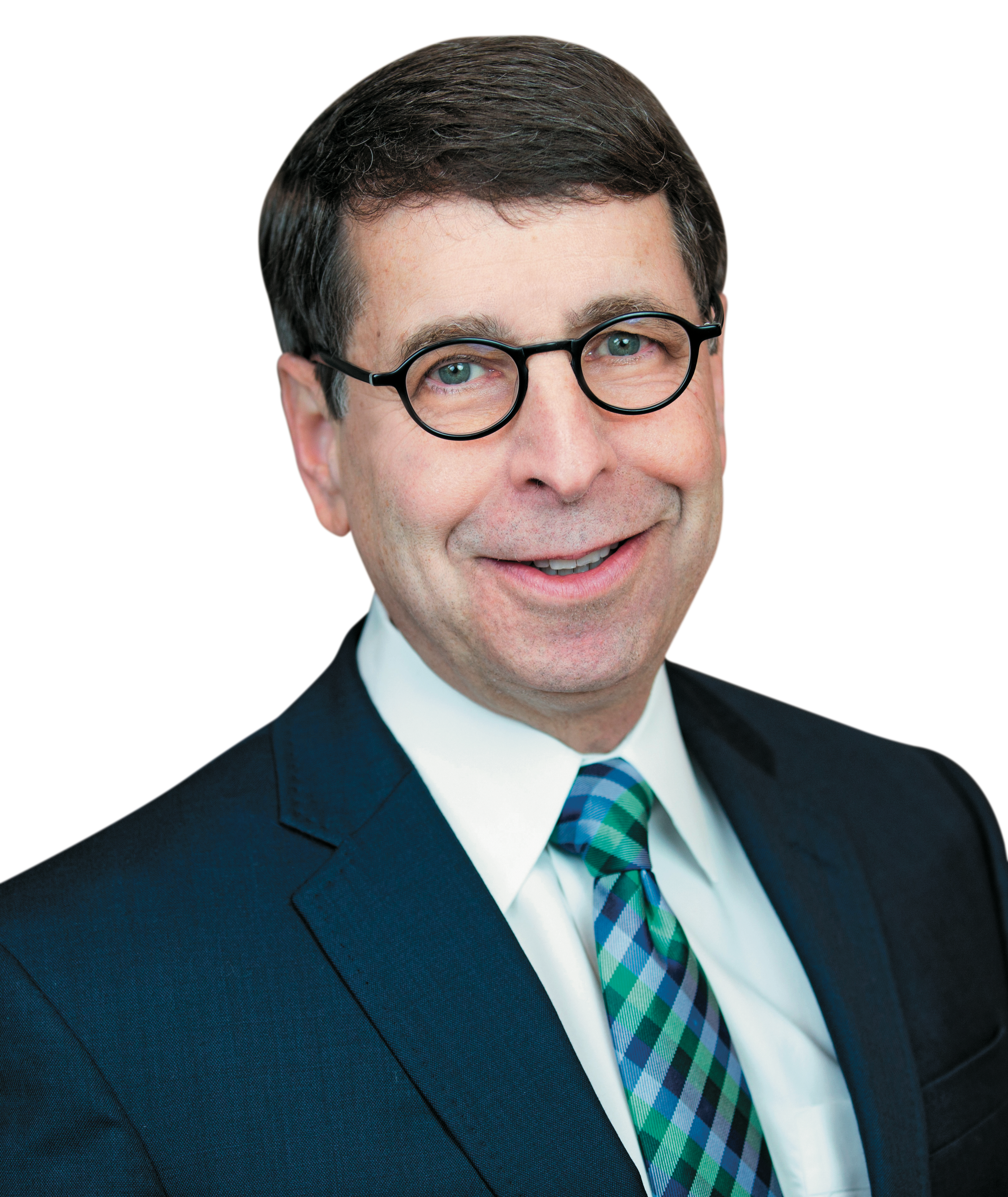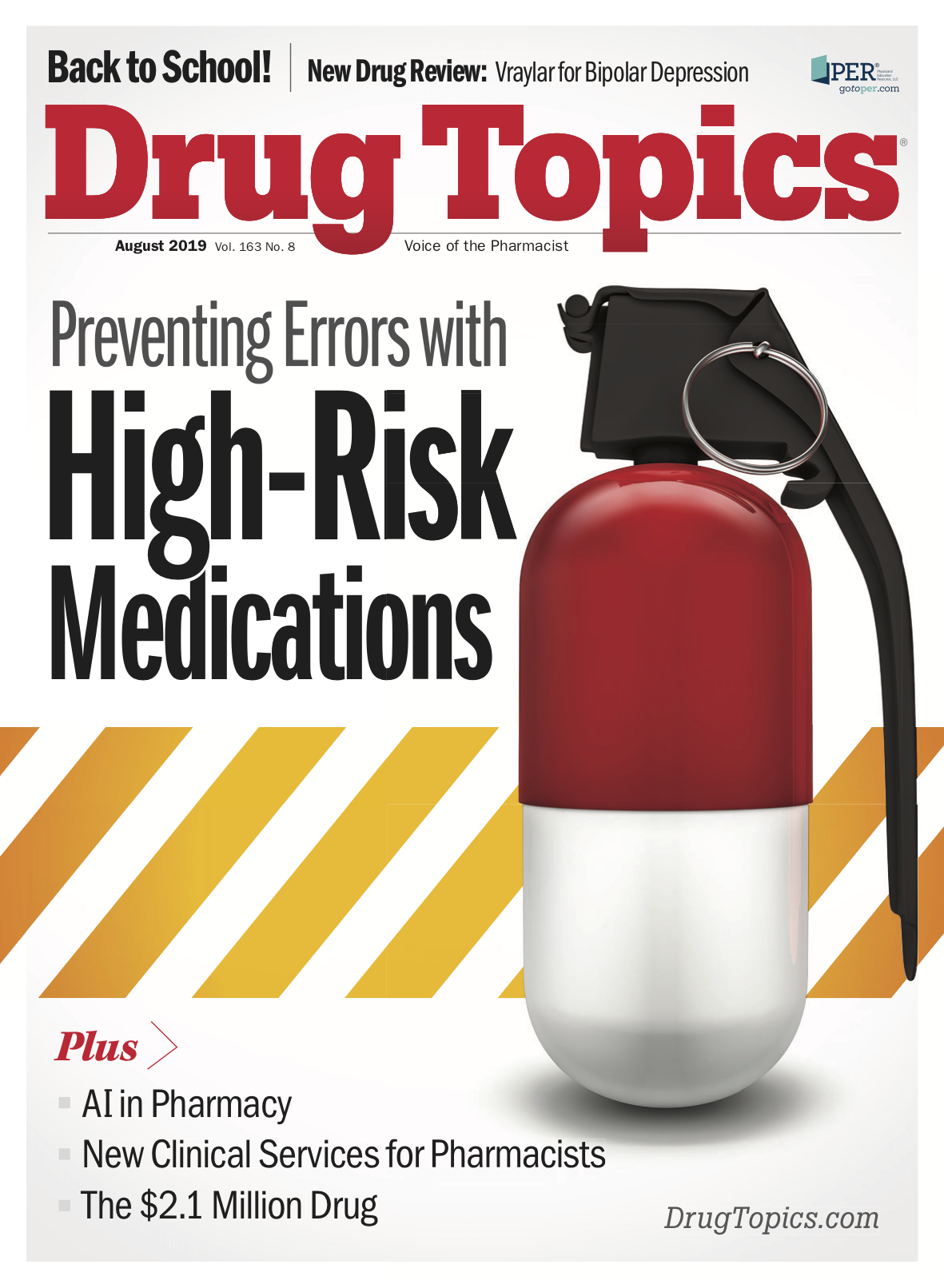Opinion: Clinician Burnout is Everyone's Problem
How can we protect the health of the millions of people who protect our own?

Paul W. Abramowitz, PharmD

How can we protect the health of the millions of people who protect our own health? This is a vital question facing the healthcare system, and the issue has not received the attention it deserves.
That is why ASHP has made it a top priority to take steps to assure the health, well-being, and resiliency of our 50,000 members and their colleagues. In doing so, we will help protect the millions of patients they serve every day in the nation’s hospitals and health systems in both acute and ambulatory care settings.
To explore the issue of burnout among clinicians, we commissioned The Harris Poll to conduct a nationwide survey of 2,000 U.S. adults age 18 and up. Our findings reinforce the critical importance of recognizing the causes and possible solutions to the issue of burnout in our nation’s healthcare facilities.
Trending: Chains Closing Stores, Opening Fewer
The survey showed high awareness and concern among patients about clinician burnout: 91% of U.S. adults believe it is important that their pharmacists, physicians, nurses, and other clinicians do whatever they need to avoid burnout. About 80% of respondents worry about the impact of clinician burnout on the quality of healthcare, and 77% of patients said they are personally concerned for their own safety if a clinician appears to be experiencing burnout.
In 2017, the National Academy of Medicine (NAM) recognized the impact of burnout on health professionals. ASHP is one of more than 50 healthcare groups to sponsor NAM’s Action Collaborative on Clinician Well-Being and Resilience. The goal is to “raise visibility of clinician anxiety, burnout, depression, stress, and suicide, improve baseline understanding of challenges to clinician well-being and to advance evidence-based solutions to improve patient care by caring for the caregiver.”
Burnout is characterized by a high degree of emotional exhaustion, depersonalization, cynicism, and a low sense of personal accomplishment at work, NAM explains. Clinician burnout can have serious consequences, from reduced job performance and high turnover rates, to medical error and clinician suicide in the most extreme cases.
NAM’s planned four-year effort is cause for hope. Later this year, we expect a preliminary consensus report suggesting solutions that can be implemented in an interprofessional and intergenerational environment. This report will benefit everyone from students to late-career practitioners in all medical fields. Most importantly, it will benefit our patients.
The collaborative is stressing that if we promote the well-being of all clinicians, the result will be improved patient-clinician relationships, high-functioning care teams, and an engaged and effective workforce. When we invest in clinician well-being, everyone wins.
Read More: HHS, FDA Unveil Drug Importation Plan
Pharmacist burnout can impact patients. A study in the American Journal of Health-System Pharmacy found that 53% of health-system pharmacists self-reported a high degree of burnout. Pharmacists are experiencing increased workloads, periodic drug shortages, and heavy demands. They report being emotionally exhausted, unsatisfied, detached from their work, and less productive. Just last month, the World Health Organization enhanced its definition of burnout in ICD-11, further demonstrating that clinician well-being requires sustained attention at organization, state, and national levels, and research to advance evidence-based solutions.
The Harris Poll we commissioned showed that patients recognize the inherent challenges for clinicians. One in four respondents were aware pharmacists experience burnout.
Hospitals and health systems must embrace the idea that promoting the well-being of their clinicians benefits their success, their workforce, their bottom line, and, most importantly, their patients.
